10 Most Monumental Changes In WWE Programming History
SmackDown Live's new FOX TV deal is just the tip of the iceberg...

May 27, 2018
B-show no more. Last week it was announced that WWE SmackDown was being acquired by the FOX for the 2019 television season, to the tune of $205M a year for five years. That's over a billion dollars in total for the rights to air WWE's blue brand on one of the four major American networks.
From the time Vince McMahon set forth on his mission to take his brand of sports-entertainment national (and international) three and a half decades ago, up through to today where WWE is enjoying lofty dividends like never before, much of their "McMahon-ifest Destiny" has been won and lost (but mostly won) in the world of broadcasting.
Most would point to the "Monday Night Wars" as the most important moment in WWE's history as a televised product, but that wouldn't be right. So much more of the WWE empire was contingent on other acquisitions and deals along the way that has WWE positioned in the manner that it is today.
This list will look back at some notable, seminal moments in WWE's television history, some positive, and a few not so much. Consider this something of a loose timeline that details the evolution of the WWE we see on TV today.
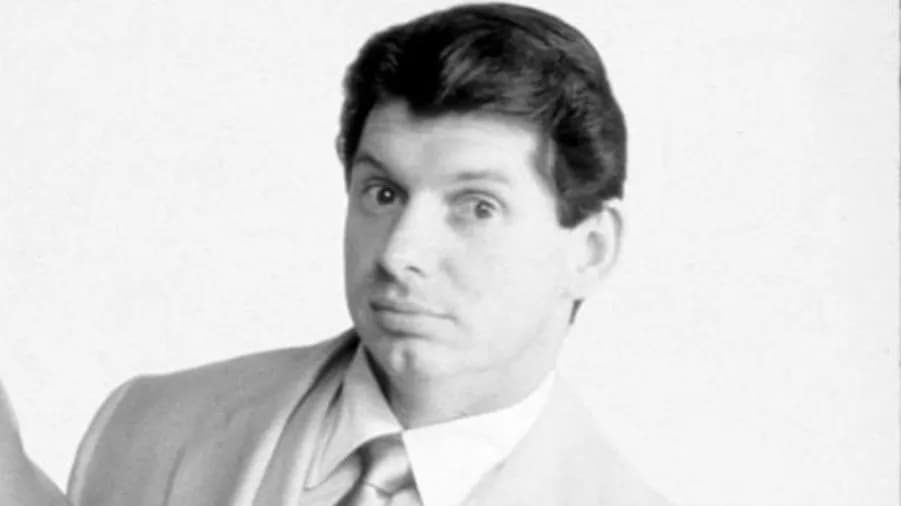
From 1983 through 2000, and again from 2005 up through to this day, many of Vince McMahon's wrestling programmes have been broadcast on the USA Network. The first show to make it onto USA's airwaves was All American Wrestling, which debuted in a Sunday morning slot in September 1983, lasting up until October 1994, when it was replaced by Action Zone.
Initially, the time slot was occupied by Southwest Championship Wrestling, owned by Joe Blanchard (father of Tully and grandfather of Tessa). The network had refused to air a rather bloody encounter that pitted Tully against "Bruiser" Bob Sweetan, at the same time that Southwest was having difficulty making the necessary payments to keep the show on the air. McMahon swooped in with his own offer to the USA Network, and soon after launched his own product on a national scale, effectively bumping Southwest off the cable channel.
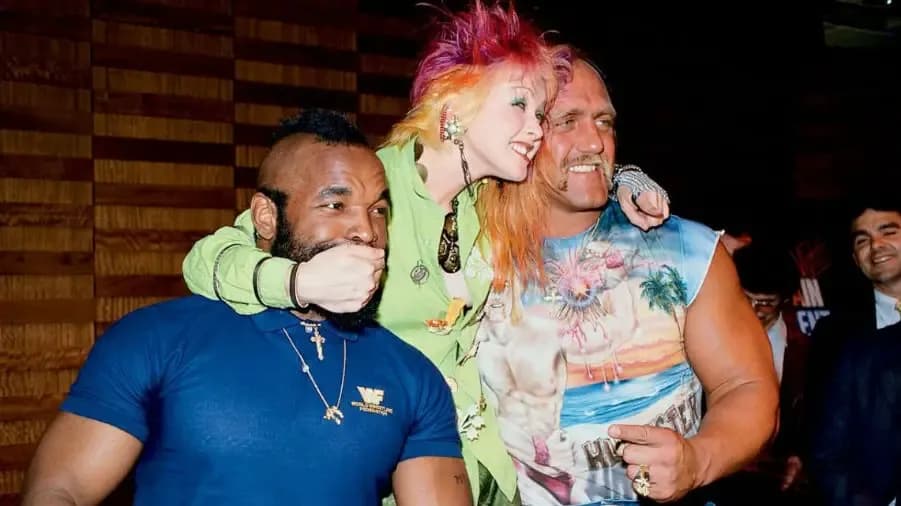
Cyndi Lauper met Captain Lou Albano by chance on a flight to Puerto Rico in 1983, and the two struck up a friendship, leading to the wrestling legend being cast in Lauper's "Girls Just Wanna Have Fun" music video. WWE began airing some of Lauper's videos as part of a partnership, in which the company would get to air two major prime time specials on the hugely-popular MTV, with Lauper as a headline guest.
The specials, which aired in July 1984 (The Brawl to End it All) and February 1985 (The War to Settle the Score), did ungodly ratings, and helped thrust WWE deeper into the national spotlight. The likes of Hulk Hogan, Wendi Richter, and others boosted their own stardom levels while sharing the stage with a mega-star like Lauper, kicking off so-called The Rock 'n Wrestling Connection.
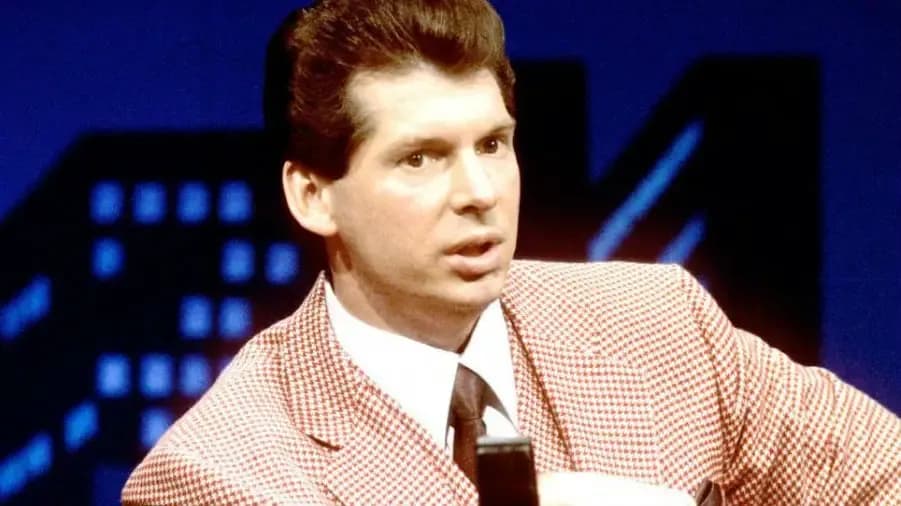
Nine days before The Brawl to End it All, regular viewers of TBS' Georgia Championship Wrestling were a bit unnerved to find WWE impresario Vince McMahon suddenly emceeing the telecast. The 14 July 1984 programme opened with Vince explaining that the programme was now a WWE property and that the regular GCW viewers were sure to enjoy his stars just as much.
McMahon acquired the slot when Jim Barnett, and Gerald and Jack Brisco, sold their stakes of GCW to him. This came after Vince tried to buy the slot from Ted Turner outright, but Turner refused. As far as GCW's audience "enjoying" the much-different WWE product, they most certainly didn't. TBS' switchboards lit up with outraged viewers, demanding their old product back, while ratings began to quickly erode. Turner even gave time slots to Bill Watts' Mid-South Wrestling and Ole Anderson's Championship Wrestling from Georgia, infuriating McMahon. In the end, the acquisition was a money loser for Vince, who sold the programme to Jim Crockett in the spring of 1985, leading to what would become commonly known as WCW.

After seeing the monster ratings done by the MTV specials, Dick Ebersol, then the outgoing executive producer of Saturday Night Live (and future partner in the XFL), offered McMahon an opportunity to produce content on Saturdays in which SNL was off. Saturday Night's Main Event would be the first professional wrestling foray on broadcast network television in 30 years.
The 90-minute show would produce some memorable moments over its seven-plus years on the air, from the formation of the Mega Powers, to Hulk Hogan Superplexing Big Boss Man off the top of a steel cage. The 14 March 1987 edition, in which Hogan and WrestleMania III opponent Andre the Giant took part in the same Battle Royal, did a monster 11.6 TV rating, the highest that any programme has ever done in that time slot. The show spun-off a live Friday night edition simply called "The Main Event", which did an insane 15.2 rating (33 million viewers) for the controversial Hogan/Andre championship bout (and remains a professional wrestling record).
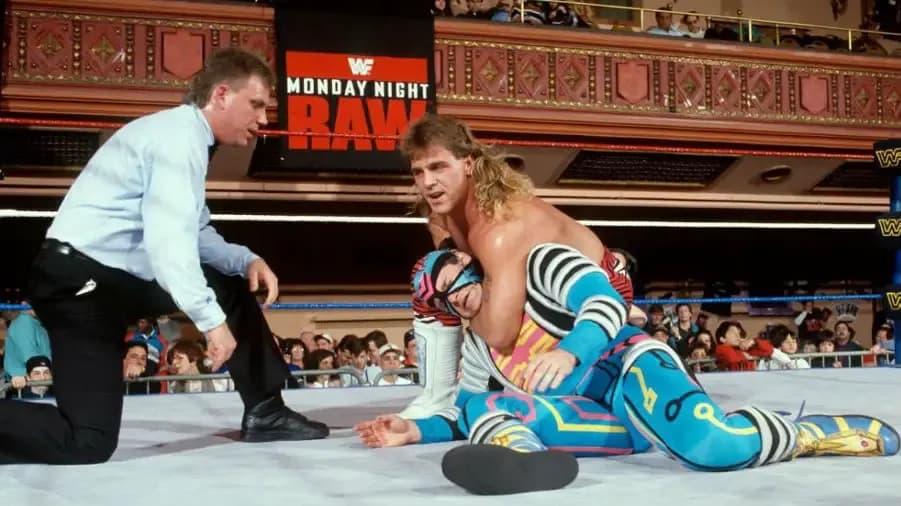
For eight years, Prime Time Wrestling was a Monday Night staple, a two-hour alternating block of pre-recorded matches and studio banter. The show's prime came between 1986 and early-1991, when Gorilla Monsoon and Bobby Heenan manned the desk, with their humorous back-and-forth often outshining the leftover Madison Square Garden and TV taping fare.
With ratings for Prime Time dipping in the early-nineties, the decision was made to scale the show back an hour, and make it a home for fresh in-ring action in front of a smaller, more intimate (but no less raucous) crowd. Thus was born Monday Night Raw in January 1993, a programme that has endured for more than 25 more years as WWE's flagship programme. The show would redefine televised wrestling, for better and for worse, and became the absolute place to be for wrestling fans in the late-nineties/early-millennium boom.

Raw's pre-eminence couldn't have come at a better time. In the "old days", the most vital WWE programming came on the weekends, as syndicated Saturday morning shows like Superstars of Wrestling and Wrestling Challenge (themselves successors of All-Star Wrestling and Championship Wrestling) were customized for local markets - if you lived in the New York area, broadcasts of those shows would hype the upcoming Madison Square Garden and Meadowlands events. The shows were basically infomercials to get fans to buy tickets to the nearby house shows.
By the mid-nineties, the popularity (not to mention ratings) of the syndicated shows had plummeted mightily. Challenge was functionally cancelled in August 1995, while Superstars would be moved to the USA Network one year later (and by spring of 1997, be retooled into a recap show). With WWE following WCW lockstep into the monthly pay per view game, suddenly buyrates and cable ratings became critical to each company's popularity and success. While Superstars and Challenge hold quaint memories to fans of a certain age, they were bound to become relics of an earlier time.

When Homer Simpson managed to get a late-night commercial for his short-lived plowing business at three in the morning, he quipped, "It may be on a lousy channel, but The Simpsons are on TV!" While the line was a poke to the ribs of their FOX bosses, it could also apply to the hotly-popular WWE in 1999. More than six years had passed since Saturday Night's Main Event last aired, and at long last, WWE was returning to a broadcast channel.
UPN was considered the fifth most-popular network (out of four, some might joke), but at least it was available in homes not wired for cable. After a successful pilot episode of SmackDown aired in April 1999, the show was picked up for a full order, to begin after SummerSlam. The blue-tinted sister show to Raw has played an important role in WWE since, despite changing homes more than your average drifter - UPN (1999 - 2006), The CW (a merger of UPN/The WB) (2006 - 2008), MyNetwork TV (2008 - 2010), SyFy (2010 - 2016), USA (2016 - 2019), and FOX (2019 - ).
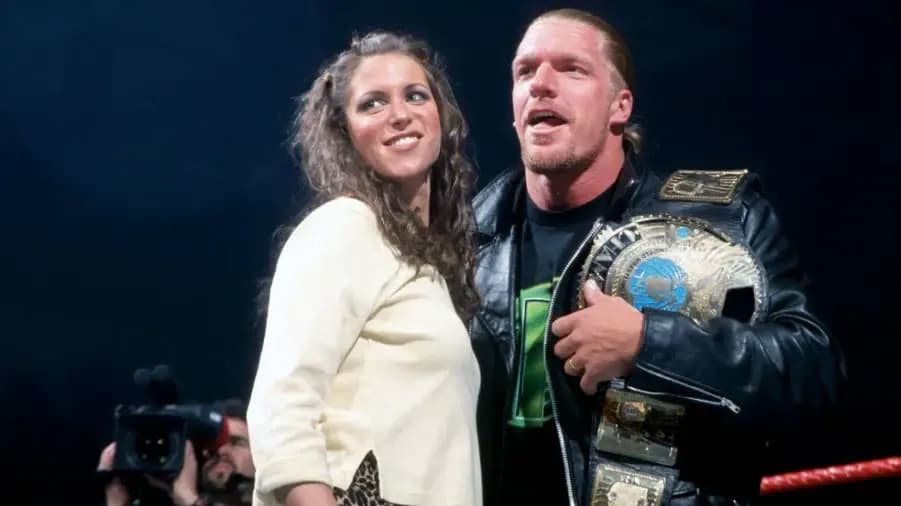
After 17 years of being a weekly fixture on the USA Network, WWE packed up all of their properties and moved into the sanctum of Viacom in the year 2000. Raw is War, along with Livewire and Superstars, would move to TNN (later Spike TV, and today The Paramount Network), while Sunday Night Heat would air on MTV.
Viacom bid $26 million to acquire the TV rights to the four listed programmes for five years and offered even more money for other endeavours which included various promotional opportunities, as well as a book deal with Viacom-owned Simon and Schuster. The USA Network actually filed a lawsuit against WWE, claiming a right of first refusal in the contract, though a judge found in WWE's favour in June 2000. The move to Viacom also bumped the sputtering, decaying ECW off of TNN after 13 months on the channel.

What's sometimes forgotten is that, in March 2005, Spike TV cancelled Monday Night Raw. WWE had been exploring other options for their programmes beyond the end of the Viacom pact, which would conclude in the forthcoming September, including looking at their prior USA Network home. Raw and the other WWE properties would continue to air on Spike until the deal expired, by which time WWE would have needed to find a new home.
Three weeks after the "cancellation", it was announced that WWE would be returning to USA in October 2005. The deal also included Spanish-language broadcasts on Telemundo, and the return of Saturday Night's Main Event in the form of two annual broadcasts (which would morph into a Tribute to the Troops network special and a WrestleMania network special come 2009). The final Spike edition of Raw on 26 September 2005 would be notable, comedically, for the network muting out many of WWE's attempts to inform its audience that they would be on USA the following week.

Instead of including the new SmackDown deal on this list (plenty more will be said about that in future days), let's look at one other major coup for the promotion: the success of WWE Network. After the very idea of the service was announced in 2011, the imagination suddenly knew no limits. Given the vast library of in-house and acquired footage at WWE's disposal, the possibilities for this Network could contain were endless.
Four years after the Network's launch, it breached two million subscribers, up nine percent from even a year earlier, and almost tripling where they were in May 2014. Whether subscribers are in it to get the monthly pay per views as a discounted price, revel in the weekly NXT fare, or enjoy the massive collection of old pay per views and TV programmes (for just, say it with me, $9.99 a month), there's clearly no wrong way to enjoy the service. There may never be a product in wrestling as incredible as WWE Network, its mere existence the culmination of Vince McMahon's decades-old vision of unmatchable glory.